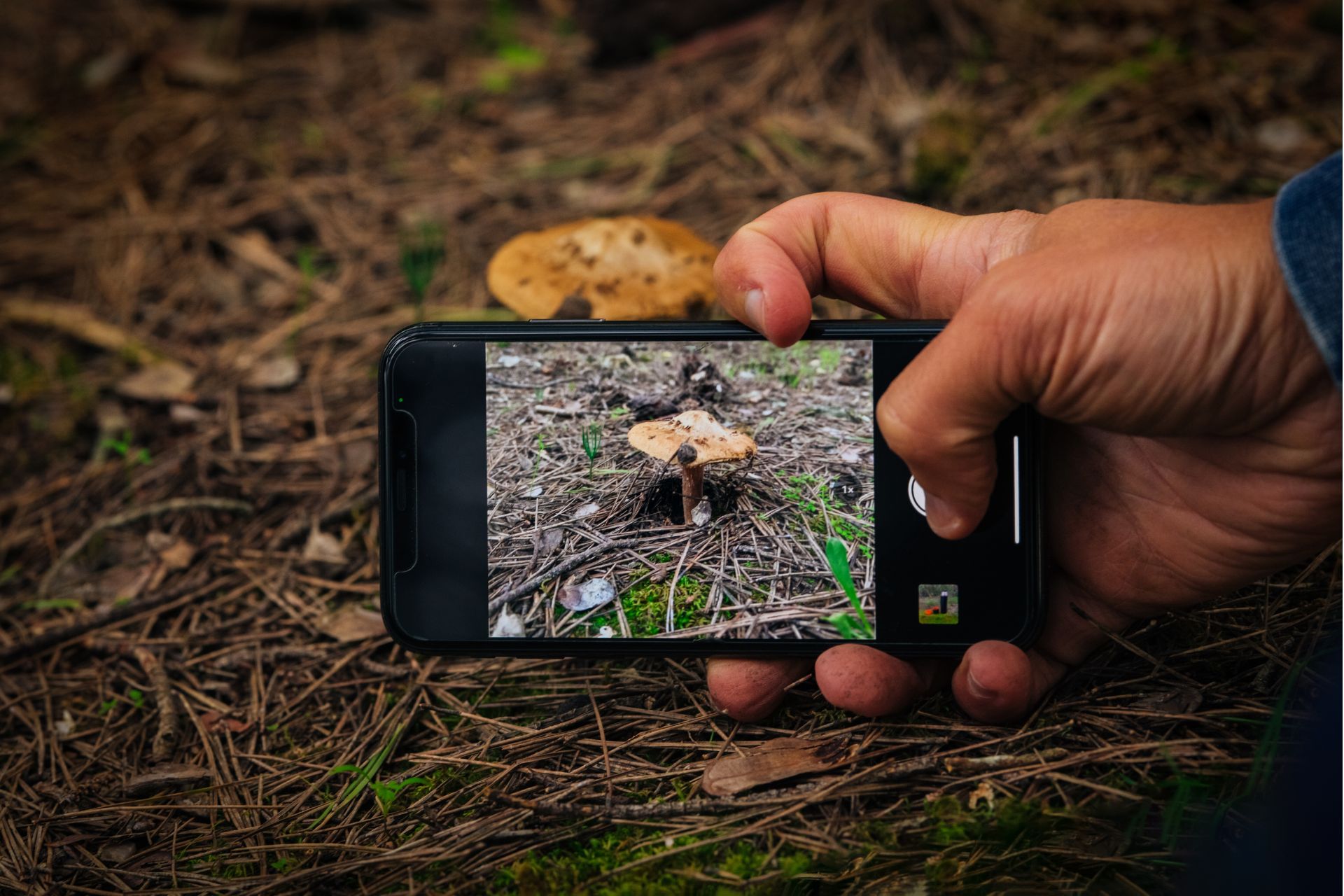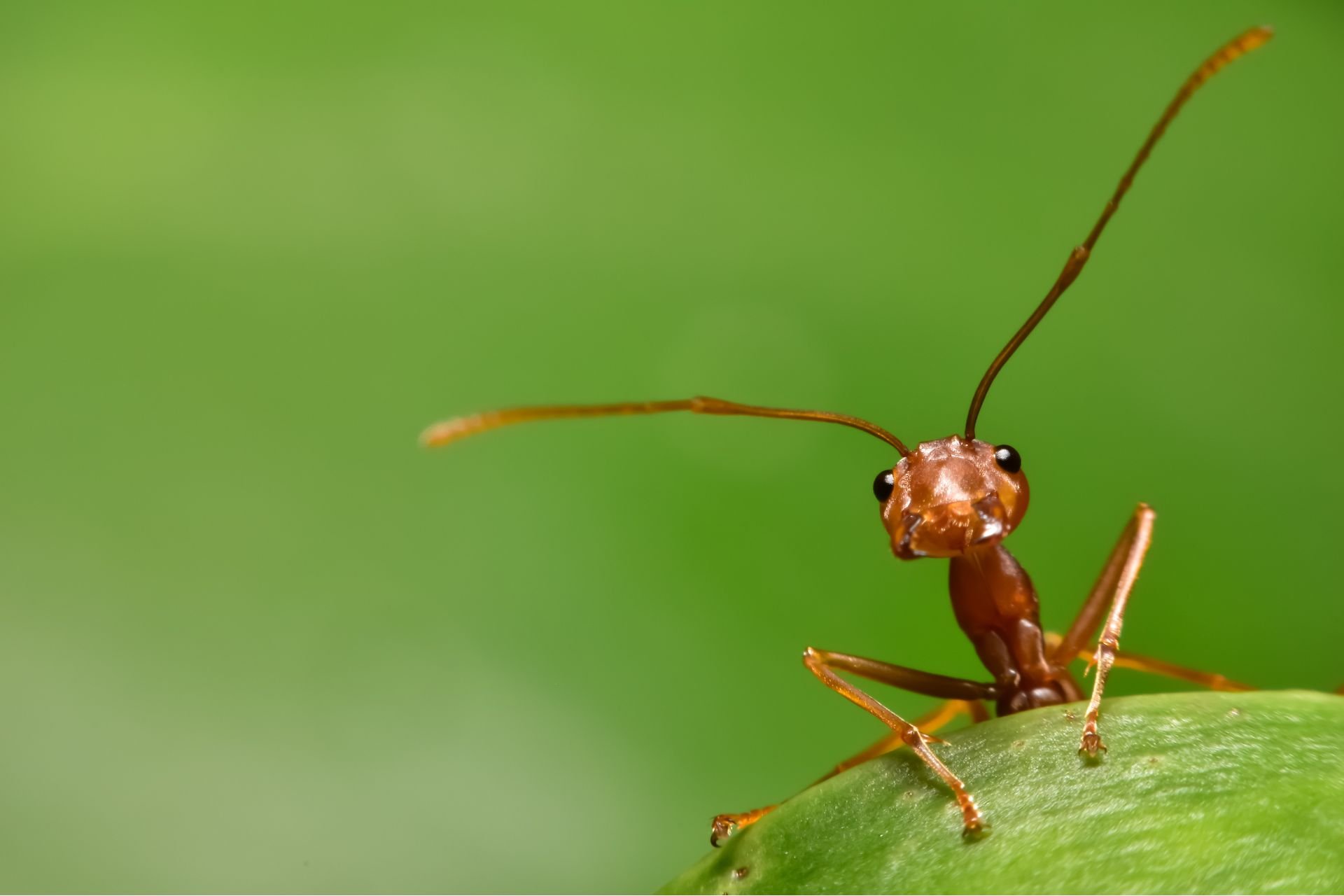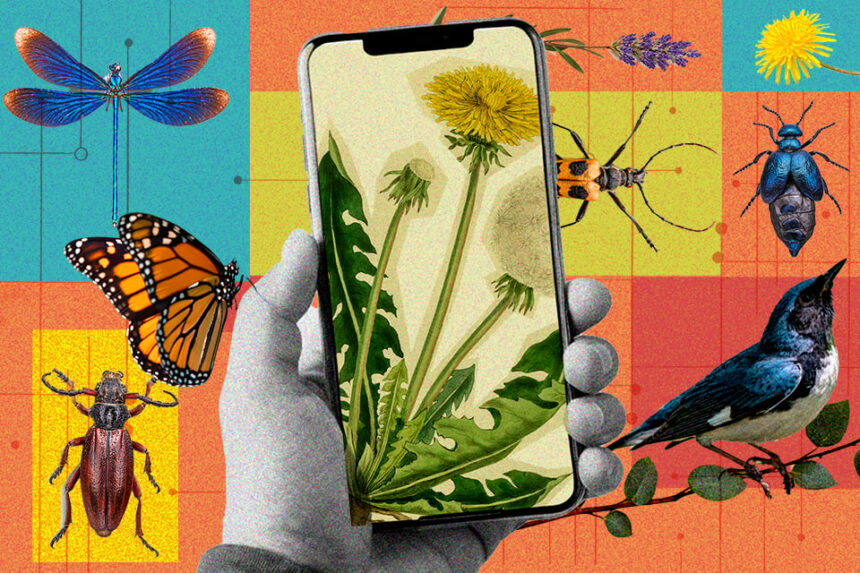In the early days of summer, backyards come to life. Warmer temperatures transform spring buds into lush greenery, coax insects from their winter slumber, and invite newborn animals to explore their surroundings on wobbling legs or wings.
With smartphones, documenting this emerging wildlife has never been easier. These days, all the tools you need to become a backyard naturalist fit right in the palm of your hand. And while June is an especially good time to start, you can use your phone to observe organisms, identify species, and record sightings any time of year, no matter your location. It’s more than just a hobby—scientists can use your data to conduct important research, allowing you to make contributions as a citizen scientist.
“Twenty years ago, if a researcher wanted to understand an ecological pattern, the main way to do that was to go out and collect data,” said Corey Callaghan, a global change ecologist at the University of Florida. “But now with this smartphone revolution over the last 20 years, the number of observations recorded by everyday people—whether they’re really into birding or just interested in the animals in their backyard—has exponentially increased the amount of data available to use,” he said.
Gillian Bowser, a wildlife ecologist at Colorado State University, also recalls a time when a lack of digital tools limited research in her field. “The data now is so much more accessible because of the smartphone,” she said. These devices are particularly useful because they record the precise location of each sighting and allow users to easily upload data to open-source platforms, she said.
Gizmodo turned to Bowser and Callaghan for expert advice on becoming a backyard naturalist. They shared their favorite apps, pro tips, and explained how researchers like them use the data you collect to support science.
Step 1: Download iNaturalist
Numerous apps can help you document wildlife, but some are easier to use than others. For those who are just getting started as backyard naturalists, iNaturalist is “a really good entry point,” Callaghan said.
This free app is available for both iOS and Android. It allows you to record observations, identify species, and share your data with other naturalists all in one place. Unlike specialized apps such as eBird or Picture Insect, iNaturalist can document any kind of organism. Once you download it, all you have to do is set up an account with your email address.
Now, you’re ready to start snapping photos of plants, birds, pesky neighborhood squirrels, and even that weird-looking bug in your bathroom. You name it—the iNaturalist community can probably identify it. The app does this through crowdsourcing, which means users work together to identify species. This fosters collaboration among experts, novices, and everyone in between.
For extra help identifying species, you can also download iNaturalist’s free companion app, Seek. Also available for both iOS and Android, Seek uses artificial intelligence to analyze images and determine which species you observed. “Simply point your phone—with Seek turned on—at whatever, and it’ll identify it for you,” Bowser said. The app will also provide background information about the species, such as whether it’s native to your area, she added.
Both Bowser and Callaghan recommend getting comfortable with iNaturalist before you start playing around with less beginner-friendly apps like eBird, eButterfly, or iSpy. Building a knowledge base through iNaturalist will help you progress to more specialized apps, they said.
Step 2: Start exploring

Charge your phone, put on some sunscreen, and pull your socks up over your pants, because it’s time to observe some wildlife. Don’t worry, you don’t have to go trekking into the wilderness. There are plenty of fascinating species to be found in your backyard, local park, or even your window box. iNaturalist and Seek work well anywhere, including dense urban jungles and indoor spaces.
Rule number one: “Don’t be discouraged,” Callaghan said. When you’re first starting out, it can be especially difficult to snap photos of small, fast-moving creatures like a field mouse or a dragonfly. “Patience is one of my biggest tips,” he said. You may not be able to take a clear picture of a tiny bee buzzing by with your smartphone, but there’s plenty of scientific value in documenting plants or larger, slower-moving animals, too.
That said, there are things you can do to make sure that you’re generating good data. To get as clear a photo as possible, make sure your shot is in-focus and well-lit. You can tap your finger on the screen to bring your subject into focus, use your backpack or your hand to shade it if the Sun is too bright, or use the flash to illuminate it—though this may scare off some animals.
You’ll also want to get as close as you can to your subject while still prioritizing safety. It’s okay to get up close and personal with a daisy or an earthworm, but bears, tick-carrying deer, or nesting birds—not so much. When in doubt, stay farther away. If you can do so safely, try to photograph your subject from multiple angles to capture all of its features.
Finally, add some field notes to your observation. Some examples include a specific description of where the sighting occurred, how a plant smells or feels, or the number of individuals you saw. The more information you provide, the easier it will be to identify the species. More details also give scientists more data points to use.
This may sound challenging, but you don’t have to go it alone. Callaghan recommends checking out events hosted by your local Audubon chapter, like nature walks. Bowser noted that iNaturalist also lets users join or organize group projects. This pools your observations with others under a common theme, helping you connect with users who share your interests or live in your area.
If getting outside isn’t possible for you, you can document the species living inside your home. There’s even an iNaturalist project specifically for indoor observations called Never Home Alone: The Wild Life of Homes. There’s great value in “even just knowing what we share our everyday urban lives with,” Callaghan said.
Step 3: Share your data

Bowser recommends iNaturalist “because of its ability internally to get things to research.” When you upload an observation, it becomes data that scientists can use to answer questions like, “Are butterflies declining in New York City?” she explained.
By default, all images, audio recordings, and observation data you upload will be given a Creative Commons license that allows others to use your content for non-commercial purposes, as long as they credit you. It also lets iNaturalist export your data to research partners such as the Global Biodiversity Information Facility (GBIF) so that scientists can access it.
You can choose not to license some or all of your data, which means others will need your explicit permission to use it. To change the default licenses for your account, sign into the iNaturalist website and navigate to Account Settings, then Content & Display, and scroll down until you see Licensing.
As ecologists, Bowser and Callaghan use citizen science data to understand biodiversity patterns in space and time. Anyone can collect data that helps scientists track and conserve species. You may even discover a new one. The iNaturalist Montana Moth Project, for example, has identified some 4,000 previously unknown species, according to Bowser.
“There are millions of species that are undefined,” she said.
While conducting citizen science is incredibly valuable, Callaghan stresses that apps like iNaturalist are designed to be fun. “Use them for what you want,” he said. “Go out and learn about what we share our backyards with.”
Read the full article here












